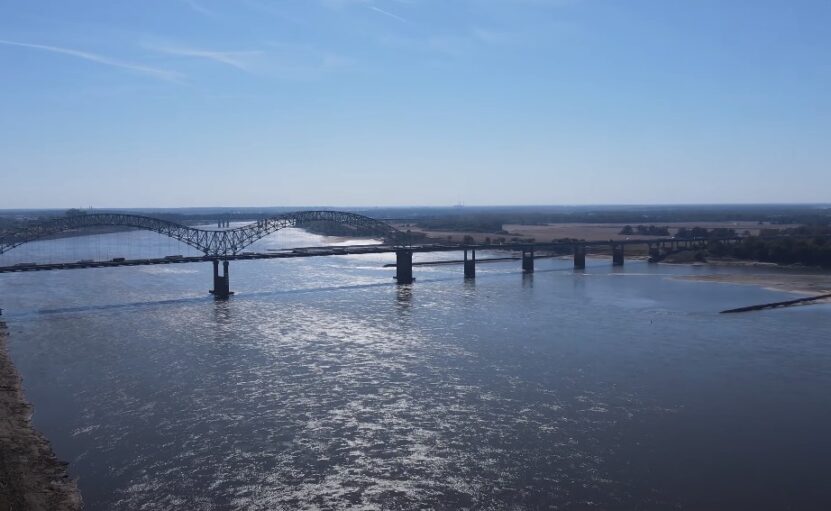The Mississippi River, a mighty ribbon of water that cuts through the heart of America, is not just a natural wonder but also a critical artery for the nation’s infrastructure.
Among the marvels of engineering that span this great river, pipelines play a pivotal role, invisible to most yet integral to our daily lives.
In this post, I’ll walk you through the world of pipelines that cross the Mississippi River.
Key Takeaways
- Over a hundred pipelines cross the Mississippi River, serving as essential conduits for the transportation of natural gas, oil, and petroleum products across the United States.
- Advanced engineering techniques like Horizontal Directional Drilling and Microtunneling enable these pipelines to safely cross beneath the riverbed, minimizing environmental impact.
- Ongoing monitoring and maintenance are critical to ensuring the safe operation of these pipelines, utilizing technologies such as sensors and IoT for real-time health assessments.
- The future of pipeline technology is evolving towards greater environmental stewardship, with initiatives exploring renewable energy transport and carbon capture to balance energy needs with conservation efforts.
A Closer Look at the Mississippi River Pipelines
The Mississippi River, stretching over 2,300 miles from its source in Minnesota to the Gulf of Mexico, serves as a boundary and conduit for multiple states. But have you ever wondered about the hidden infrastructure that crosses beneath its waters?
How Many Are There?
Exact numbers can fluctuate due to new constructions and decommissions, but estimates suggest there are over a hundred pipelines crossing the Mississippi River.
These pipelines transport a variety of substances, including natural gas, oil, and petroleum products, crucial for meeting the energy needs of millions of Americans.
Why Are Pipelines Under the River?
- Efficiency: Pipelines are the most efficient way to transport large volumes of gas and liquid over long distances.
- Safety: Compared to other transportation methods, pipelines have a lower risk of accidents and spills.
- Economic Viability: Building and maintaining pipelines is cost-effective over the long term, providing a reliable supply of energy with minimal disruption.
How Do Pipelines Cross a River?
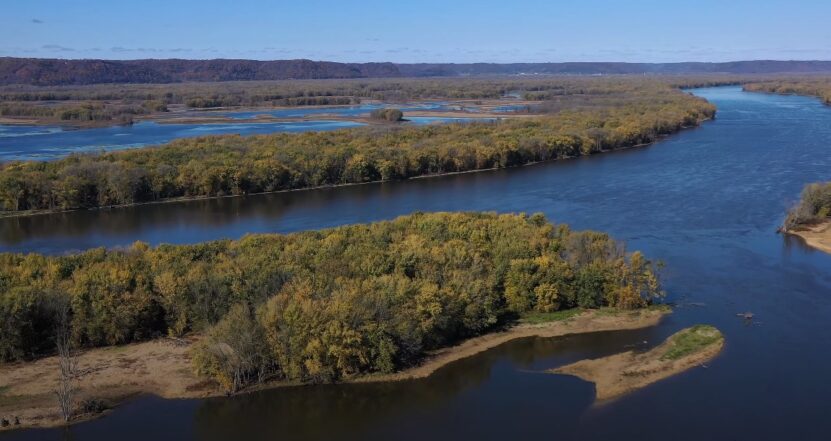
Engineering marvels allow pipelines to safely and securely cross beneath the riverbed. The process involves sophisticated techniques:
- Horizontal Directional Drilling (HDD): This method drills a path beneath the riverbed, allowing pipelines to be installed without disturbing the river itself.
- Microtunneling: Similar to HDD, microtunneling involves smaller-scale drilling operations for shorter or less accessible crossings.
What Are the Challenges?
Crossing a massive river like the Mississippi is no small feat. Engineers face several challenges:
- Environmental Concerns: Protecting the river’s ecosystem is paramount. Any project must minimize its impact on water quality and aquatic life.
- Technical Difficulties: The river’s current, depth, and bed composition can complicate drilling and installation processes.
- Regulatory Hurdles: Projects must navigate a complex web of local, state, and federal regulations to ensure safety and environmental protection.
Why Monitoring and Maintenance Matters
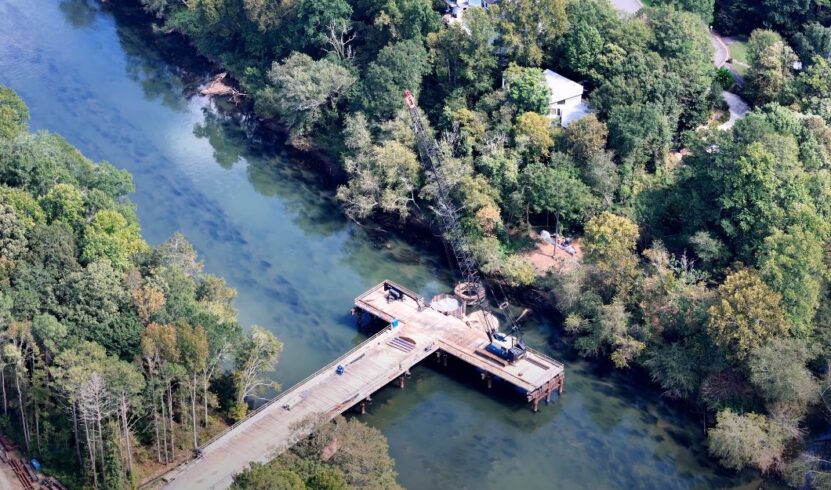
Once pipelines are in place, ongoing monitoring and maintenance are critical to prevent leaks and ensure safe operation.
Advanced technologies, including remote sensing and robotic inspection devices, play a key role in this effort, helping to detect potential issues before they become problems.
Why Is Regular Maintenance Crucial?
- Environmental Protection: Early detection of leaks can prevent pollution of the river and surrounding ecosystems.
- Safety: Regular inspections help avoid accidents that could endanger human life and wildlife.
- Economic Efficiency: Preventing major repairs through routine maintenance saves money and ensures a consistent energy supply.
The Role of Pipelines in National Energy Security
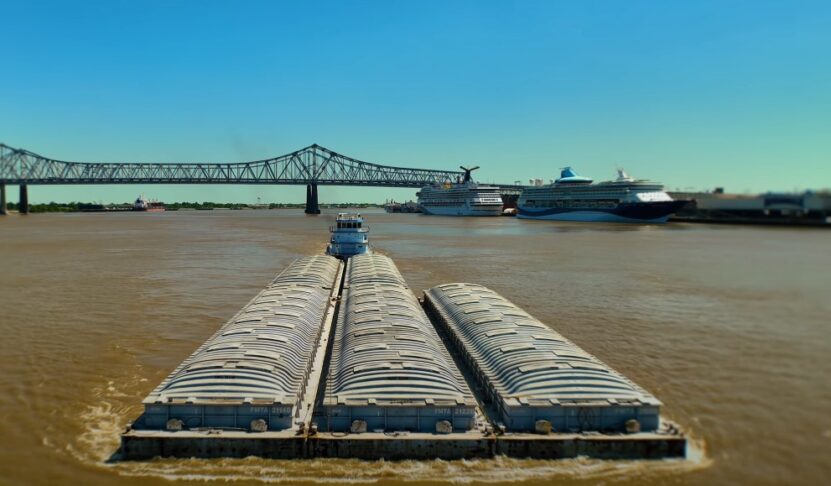
The energy landscape of the United States relies heavily on the seamless operation of infrastructure like pipelines.
As silent sentinels of energy security, the pipelines crossing the Mississippi River are engineering feats that are crucial components of the nation’s energy.
Ensuring a Steady Energy Supply
- Diverse Energy Sources: Pipelines carry oil, natural gas, and refined products, offering flexibility in meeting the nation’s energy demands.
- Reliability: By providing a continuous flow of energy resources, pipelines help prevent shortages and stabilize energy markets.
Economic Benefits
- Job Creation: Construction and maintenance of pipelines generate employment opportunities across various sectors.
- Supporting Industries: Pipelines bolster the economy by supporting downstream industries such as manufacturing and petrochemicals.
Innovations in Pipeline Technology
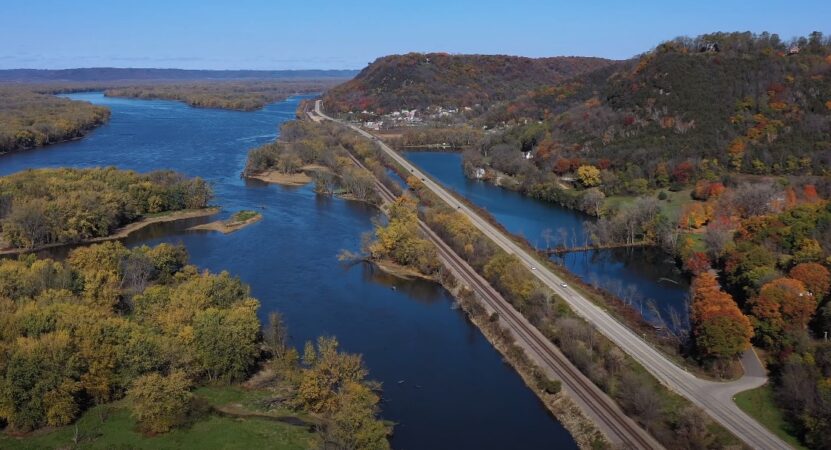
With advancements in technology, the pipeline industry continues to evolve, adopting new methods and materials to enhance safety and efficiency.
Smart Pipelines
- Sensors and IoT: Integrated sensors and Internet of Things (IoT) technologies allow for real-time monitoring of pipeline health, detecting leaks or potential failures instantly.
- Automation: Automated systems can shut down sections of a pipeline in response to detected anomalies, minimizing potential damage.
Materials Science
- Corrosion-resistant Alloys: The development of new alloys and coatings has significantly reduced the risk of corrosion, a major cause of pipeline failure.
- Flexible Pipe Designs: Modern pipelines can better withstand natural movements and pressures, reducing the risk of breaks or leaks.
FAQs
Who operates the pipelines under the Mississippi River?
Various energy companies operate them, each subject to federal and state regulations.
How often are pipelines under the Mississippi inspected?
Inspections occur regularly, often annually, using both physical inspections and remote monitoring technologies.
What happens if a pipeline leaks into the river?
Emergency protocols are activated, including shutting down the pipeline, notifying authorities, and initiating cleanup operations.
Can new pipelines still be built across the Mississippi River?
Yes, but new projects undergo rigorous environmental and safety reviews before approval.
How deep under the riverbed are the pipelines buried?
Depths can vary, but typically, they are buried at least several feet below the riverbed to protect against damage and erosion.
Are there any plans to replace fossil fuel pipelines with renewable energy alternatives?
There is growing interest in adapting existing infrastructure for renewable energy transport, such as hydrogen, though such projects are still in the early stages.
How Do Pipelines Impact the Environment?
While they are designed with safety and environmental protection in mind, there is always a risk of leaks or spills.
That said, stringent regulations and modern technology help minimize these risks, making pipelines one of the safest methods of transporting energy resources.
Can Pipelines Coexist with the River’s Ecosystem?
Yes, with careful planning and management, they can coexist with natural ecosystems. Environmental impact assessments and ongoing monitoring ensure that the river’s health is preserved.
Summary
The Mississippi River is not only a natural wonder, but also a home for many pipelines that carry energy across the country.
These pipelines are amazing examples of how humans can overcome challenges and create connections in our modern world.
It may sound scary to have pipelines under such a huge river, but don’t worry. They are designed, built, and maintained with the highest standards of engineering, safety, and environmental protection and can peacefully coexist with the river and its wildlife.
As we use more and more energy every day, we should appreciate these underwater highways that quietly power our lives from below the surface of the mighty Mississippi.

